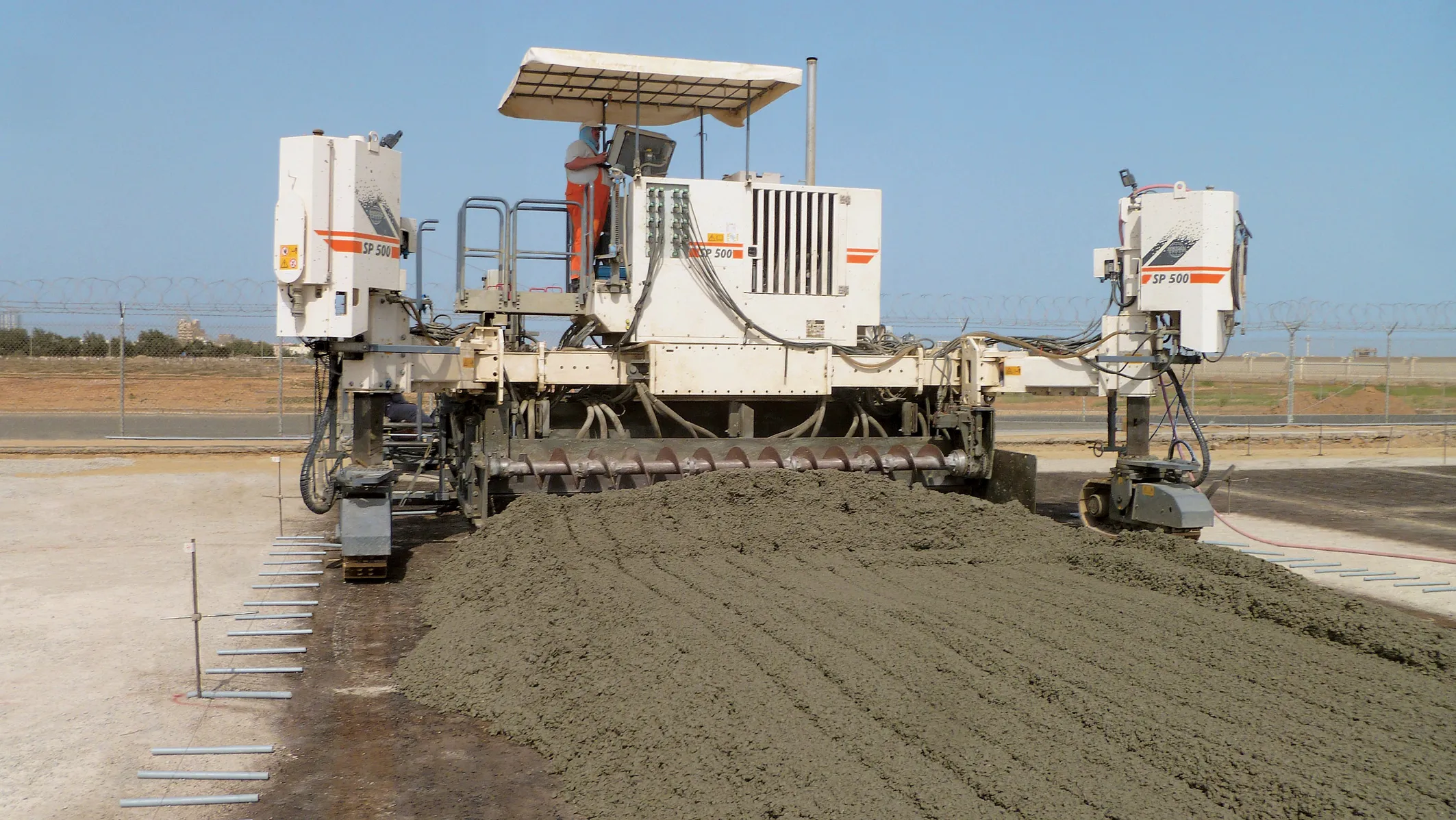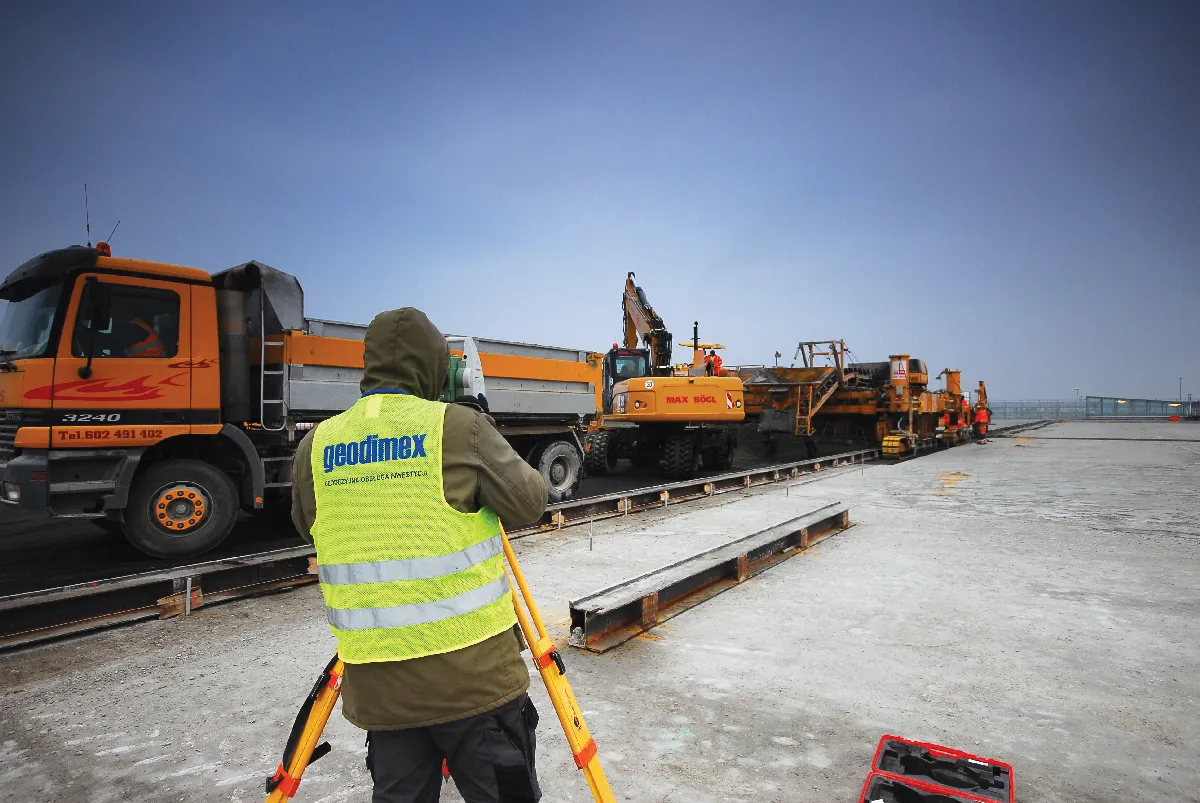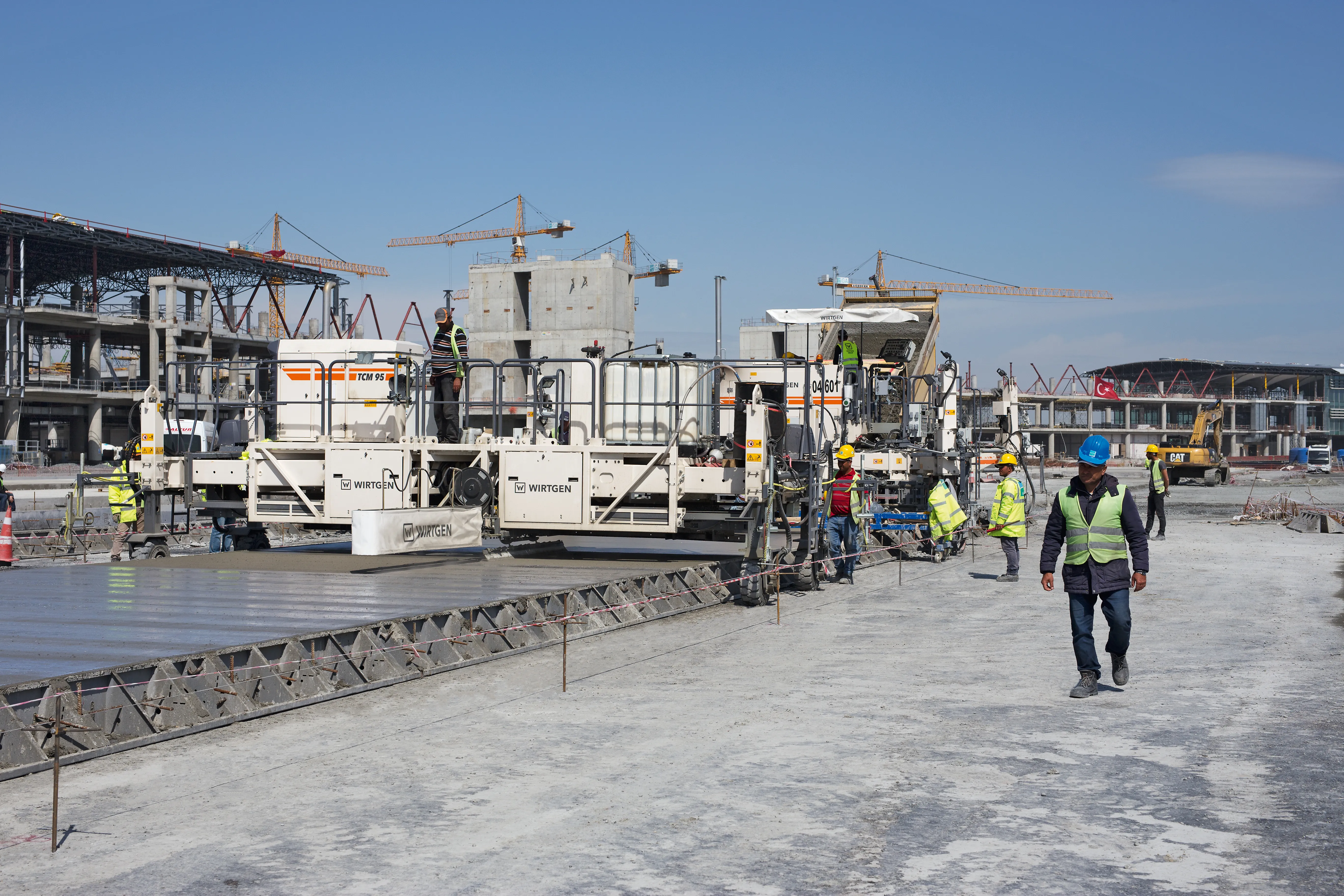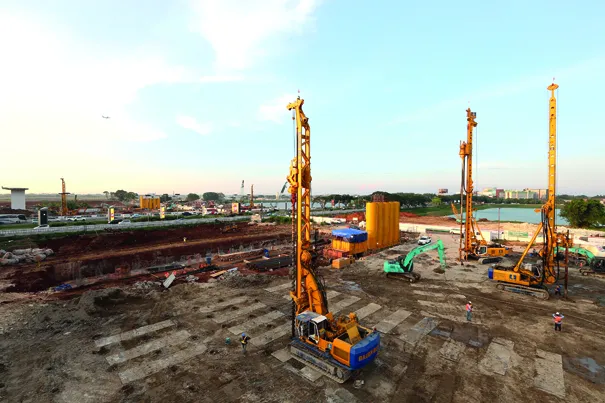Four Dynapac CA602D single drum soil compactors are helping redevelopment work at Muscat International Airport in Oman. The machines are compacting around 160,000m2 of rockfill as part of a project to increase the airport's passenger handling capacity from 5-12 million/year by 2011. To minimise runway or taxiway flooding risks, the grounds are being raised 3m by local contractor Galfar Engineering & Contracting SAOG and this requires 10-12 million m3 of desert sand and crushed rock. The 19tonne Dynapac roll
July 2, 2012
Read time: 2 mins
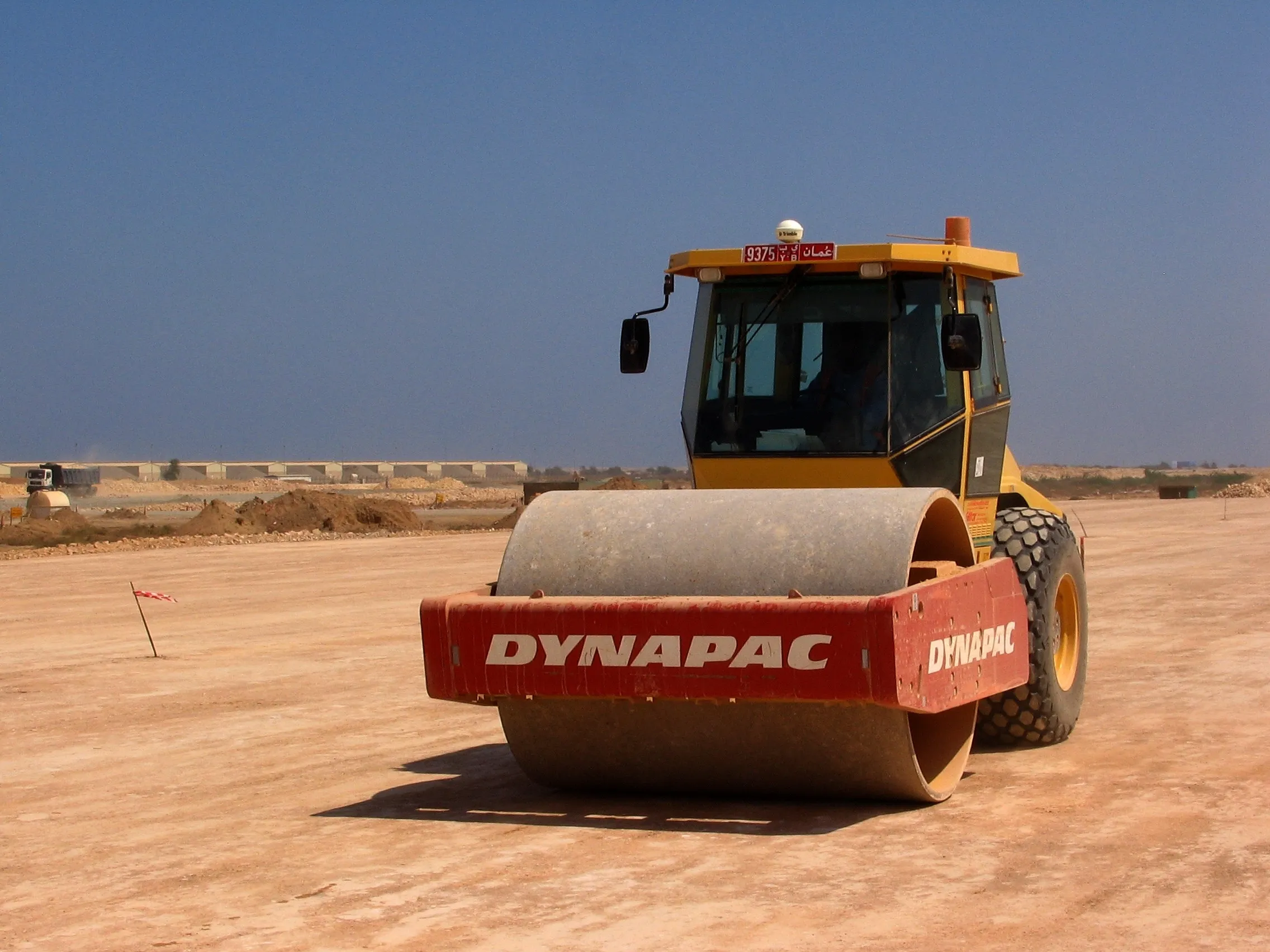
Four 206 Dynapac CA602D single drum soil compactors are helping redevelopment work at Muscat International Airport in Oman. The machines are compacting around 160,000m2 of rockfill as part of a project to increase the airport's passenger handling capacity from 5-12 million/year by 2011.
To minimise runway or taxiway flooding risks, the grounds are being raised152 3M by local contractor 5405 Galfar Engineering and Contracting Company SAOG and this requires 10-12 million m3 of desert sand and crushed rock. The 19tonne Dynapac rollers are compacting five layers of rockfill, each of which is 550mm thick, with compaction meter values (CMV) of 21 for the initial layer and 55 for the remaining four layers, all achieved with eight passes. Once the rockfill has been compacted, an additional 1.3m layer of subgrade, asphalt and concrete will be added to provide runways, taxiways and aprons capable of handling the huge Airbus A380.
To improve accuracy and consistency, the rollers are equipped with Dynapac's Compaction Analyser system (DCA) which gives the operator a continuous read-out of compaction values and indicates which areas require additional compaction. The analysis function in the compaction monitoring system also allows work to be assessed to ensure that each roller has worked efficiently and met the compaction specifications.
To minimise runway or taxiway flooding risks, the grounds are being raised
To improve accuracy and consistency, the rollers are equipped with Dynapac's Compaction Analyser system (DCA) which gives the operator a continuous read-out of compaction values and indicates which areas require additional compaction. The analysis function in the compaction monitoring system also allows work to be assessed to ensure that each roller has worked efficiently and met the compaction specifications.


